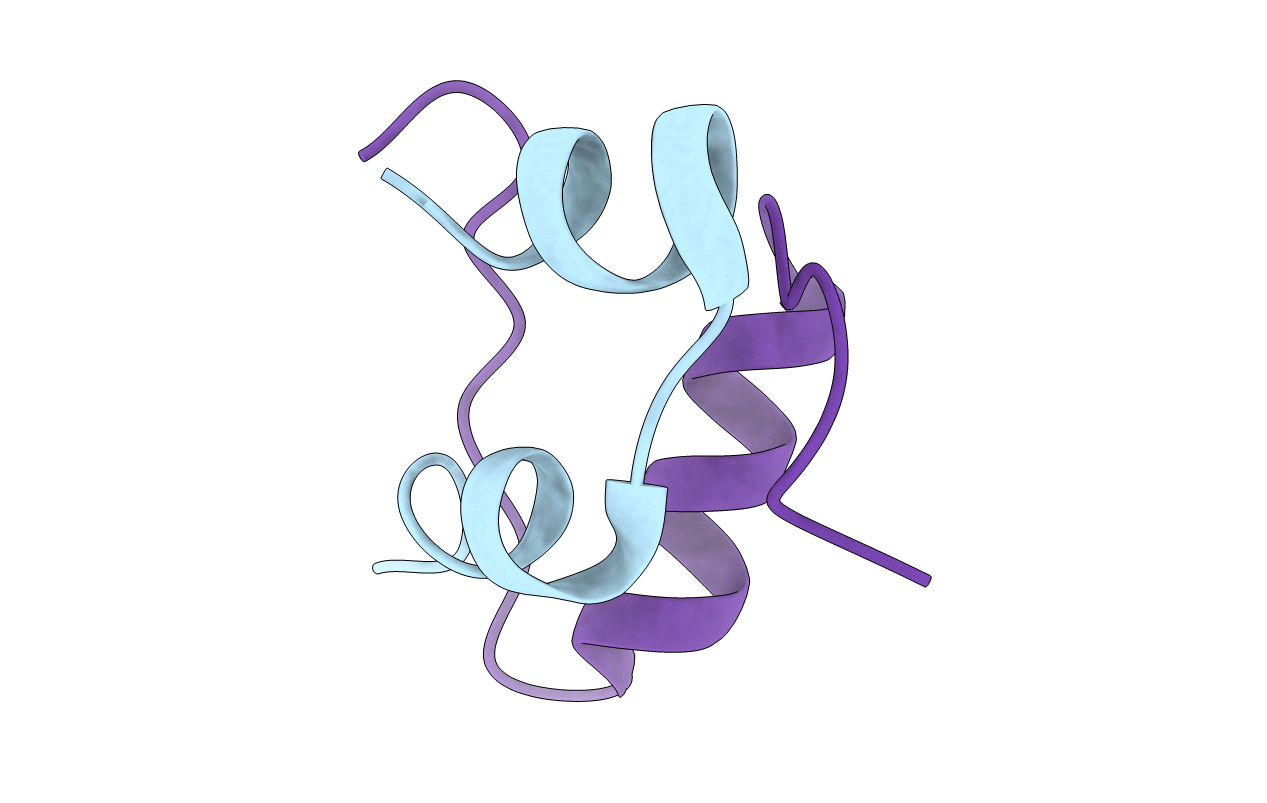
Deposition Date
1991-10-23
Release Date
1991-11-07
Last Version Date
2024-10-16
Method Details:
Experimental Method:
Resolution:
1.70 Å
R-Value Observed:
0.17
Space Group:
I 21 3


